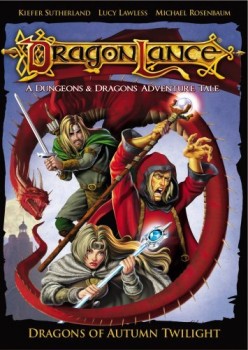The Greatest Harryhausen: The Golden Voyage of Sinbad
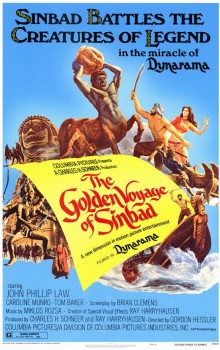 The Golden Voyage of Sinbad (1974)
The Golden Voyage of Sinbad (1974)
Directed by Gordon Hessler. Starring John Philip Law, Tom Baker, Caroline Munro, Douglas Wilmer, Martin Shaw, Kurt Christian, Grégoire Aslan, Takis Emmanuel.
“Every voyage has its own flavor.”
Recently on this blog, I wrote about one of the more ignored of Ray Harryhausen’s films, The 3 Worlds of Gulliver. This inspired me to review two other films of his that don’t get enough attention—the underwhelming H. G. Wells adaptation The First Men in the Moon (1964), and the wonderful but financially unsuccessful The Valley of Gwangi (1969)—on my own blog. Now I think I owe the legendary effects animator and fantasy film producer some time with one of his most popular films.
The Golden Voyage of Sinbad is not only one of Harryhausen’s most financially successful movies, but is also, in my Harryhausen-loving fan-obsessed opinion, the greatest piece the special effects maven ever worked on. I think that it’s not only Harryhausen’s best movie, but also one of the finest heroic fantasy films ever made.
Morningside Productions, Harryhausen’s and his producing partner Charles H. Schneer’s company, had experienced a financial disappointment with 1969’s “cowboys ropin’ a dinosaur” adventure The Valley of Gwangi, and the gap between it and The Golden Voyage of Sinbad was the longest yet between their movies. The two men decided to turn the clock back and re-visit the figure who had brought them to prominence in the first place: Sinbad the sailor. The major success of 1958’s The 7th Voyage of Sinbad had allowed them to take the path of colorful fantasy and period science fiction, and the character was one who could have a variety adventures. Harryhausen had done some sketches in 1964 for a new Sinbad story, and now had the opportunity to realize the project. Both those early sketches reached the final film almost unchanged. …
 Incredible Adventures
Incredible Adventures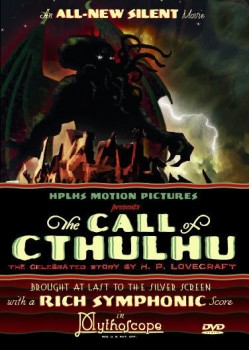 Directed by Andrew Leman; starring Matt Foyer, Chad Fifer, Noah Wagner, Ramon Allen Jr., and Ralph Lucas.
Directed by Andrew Leman; starring Matt Foyer, Chad Fifer, Noah Wagner, Ramon Allen Jr., and Ralph Lucas.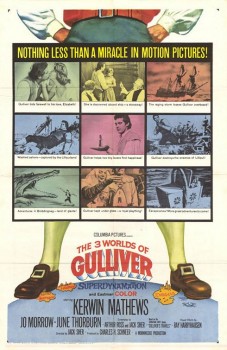 The 3 Worlds of Gulliver (1960)
The 3 Worlds of Gulliver (1960) When other genre-lovers find out I’m a fan of Robert E. Howard, they often ask me what my favorite of his stories is. They probably expect I’ll name one of the Conan yarns, or perhaps a Solomon Kane or Kull story. (Kull is, indeed, my favorite Howard character.) If they already know something of my background in history, they may think I’ll name one of the Crusader stories that appeared in Magic Carpet Magazine.
When other genre-lovers find out I’m a fan of Robert E. Howard, they often ask me what my favorite of his stories is. They probably expect I’ll name one of the Conan yarns, or perhaps a Solomon Kane or Kull story. (Kull is, indeed, my favorite Howard character.) If they already know something of my background in history, they may think I’ll name one of the Crusader stories that appeared in Magic Carpet Magazine.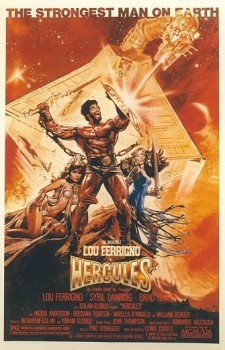 Hercules (1983)
Hercules (1983)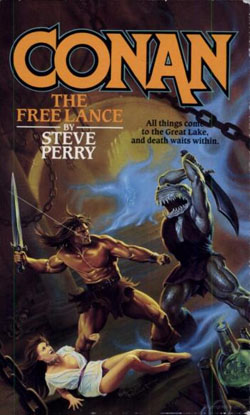
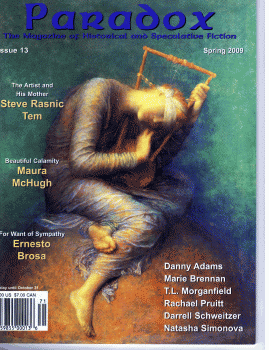 It’s nothing new to hear that yet another print publication has gone the way of the dinosaurs. Still, for those of us who retain affection for inked dead trees, it’s always a cheerless day to learn of yet another comet strike.
It’s nothing new to hear that yet another print publication has gone the way of the dinosaurs. Still, for those of us who retain affection for inked dead trees, it’s always a cheerless day to learn of yet another comet strike. Charles Saunders has posted a terrific short story over at
Charles Saunders has posted a terrific short story over at 